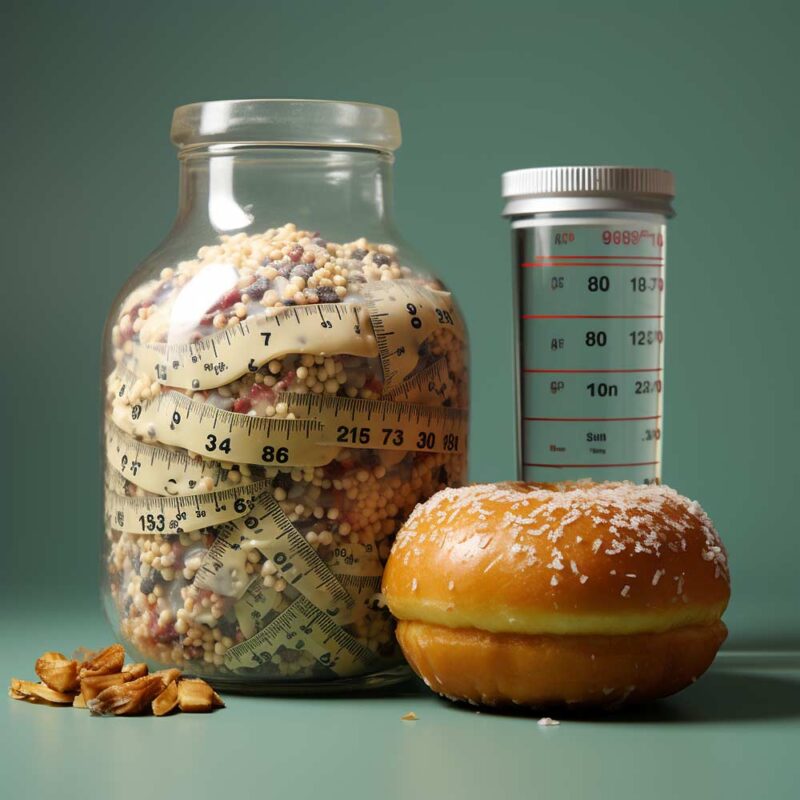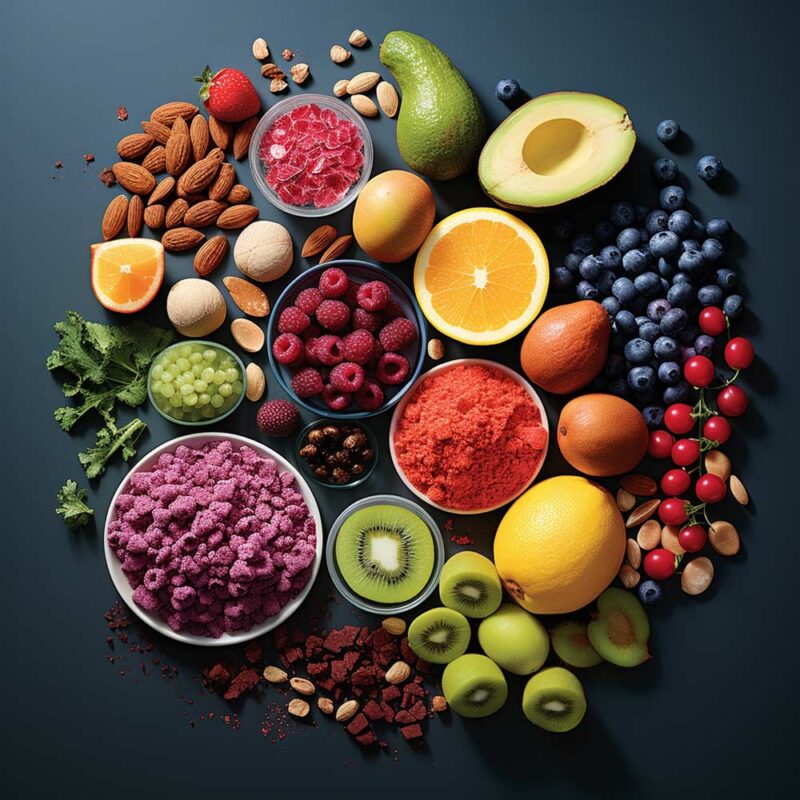Working Out My Problem Areas, But No Fat Loss There: Why?

Working Out My Problem Areas, But No Fat Loss There: Why?
It’s just not working!!
You’ve been hitting the gym religiously, working out your problem areas, but no fat loss there. Yet, despite all your dedication and sweat and focusing on your problem areas like a hawk eyeing its prey, you’re not shedding those stubborn fat pockets. What gives? The truth is, you might be approaching your fitness journey in a way that’s counterproductive. Let’s delve into why this might be the case and how to steer your regimen back on track.

The Myth of Spot Reduction
Many of us believe in the concept of spot reduction — the idea that you can lose fat from specific areas by targeting them with particular exercises. Sadly, this is a myth. When you work out, you’re burning calories and fat from your entire body, not just the muscle group you’re focusing on.

The Caloric Equation Simplified: What You Need to Know for Weight Loss
You’ve heard it before: the key to weight loss and shedding fat is a caloric deficit. But what’s behind that term? Let’s unpack this crucial concept for effective weight loss.
Calories In vs Calories Out
The term “caloric deficit” refers to taking in fewer calories than your body needs to maintain its current weight. Your Basal Metabolic Rate (BMR) is the number of calories your body requires for basic functions. Add to this the calories burned from physical activity, and you get your Total Daily Energy Expenditure (TDEE). To lose weight, the calories you consume must be less than your TDEE.
Quality Matters
While the focus is often on calorie count, the type of calories you consume is just as important. Nutrient-dense foods like veggies and lean proteins are more beneficial than sugary snacks, providing long-lasting energy and helping with muscle recovery.
Exercise’s Role
Physical activity increases your TDEE, aiding in weight loss without requiring you to cut calories drastically. Workouts like Hiit56 Online, are particularly effective as they not only burn a lot of calories quickly but also have an afterburn effect.
The Risks of Extreme Deficits
Be cautious of cutting too many calories, as it can lead to muscle loss and even slow down your metabolism, making weight loss more challenging in the long term.
Individual Factors
Factors like age, gender, and lifestyle affect your TDEE, so personalized advice is often recommended for effective weight loss.
In a nutshell, achieving a caloric deficit is not just simple subtraction; it’s a balance of smart eating and effective exercising. Getting it right can make all the difference in your weight loss journey.
Check out this fabulous blog of ours specifically on the topic of healthy options.

Why HIIT Works Perfectly with the Caloric Equation
High-Intensity Interval Training (HIIT), like the workouts you’ll find on Hiit56 Online, engages your whole body, making it a more effective approach for overall fat loss. A study has shown that HIIT can help in reducing body fat faster than other types of exercises.
The calorie burn in a 56-minute HIIT (High-Intensity Interval Training) class can vary widely depending on several factors like age, weight, gender, fitness level, and the specific intensity of the workout. However, it’s generally accepted that HIIT workouts can burn around 10-15 calories per minute. So for a 56-minute session, you could expect to burn approximately 560 to 840 calories.
When shedding fat, keep in mind that these are rough estimates, and individual differences can significantly affect the actual number of calories burned. For a more accurate assessment, you might consider using a fitness tracker or consulting with a certified personal trainer.
Also, HIIT has the added benefit of the “afterburn” effect, known as Excess Post-Exercise Oxygen Consumption (EPOC). This means your body continues to burn calories at a higher rate even after the workout is done, which can further contribute to your calorie deficit.

A Word on Genetics
While the caloric equation is a fundamental concept in weight loss, we can’t talk about the topic without acknowledging the role genetics play. Genetics can influence how and where your body stores fat, as well as how efficiently your metabolism operates. For some people, weight loss may seem like an uphill battle, no matter how strictly they adhere to their calorie counts and exercise regimens. And it’s not just about willpower; it’s about how their bodies are wired.
Your genetic makeup can determine the rate of your Basal Metabolic Rate (BMR) and influence hormonal responses that control hunger and satiety. It’s like each person has their own unique “calorie-burning engine,” and some are naturally more efficient than others. Even the way your body responds to different types of foods and exercise can be influenced by your DNA. For example, some people might find it easier to gain muscle, which in turn increases calorie burn even at rest, while others may struggle despite consistent efforts.
That said, genetics is not destiny. Although you can’t change your genetic code when shedding fat, you can make lifestyle choices that help you work with or around your natural predispositions. Advances in the field of nutrigenomics are even exploring how specific foods may interact with individual genes to influence weight. While you may not have control over your genetic makeup, understanding its impact can empower you to make smarter, more tailored choices in your weight loss journey.
So, don’t beat yourself up if progress feels slow; it might just be a matter of finding the right approach for your unique genetic code.

Nutritional Backing
It’s crucial to back your exercise routine with solid nutrition when shedding fat. Foods rich in protein and fiber can go a long way in aiding your weight loss goals. Peer-reviewed studies suggest that a balanced diet can significantly affect your fat distribution.

Stress, The Silent Saboteur
Stress releases cortisol, a hormone that triggers fat storage, particularly in your abdomen. Constantly thinking “But I’m working out my problem areas” doesn’t help! Relaxation techniques, including yoga and mindfulness, can complement your fat-loss agenda.

Time for a Reality Check on Your Workout Struggles
There’s no quick fix when it comes to body fat reduction. Consistency, balanced nutrition, and a smart exercise routine are your best bets.

To sum it up, if you’re not losing fat in your problem areas, reevaluate your approach. Spot reduction is a myth, and a balanced physical regimen coupled with the right diet is the only true and tested road to success. Remember, it’s a marathon, not a sprint.
